
Affiliate payments aren’t just about personal profit; they’re a tool for business growth. In affiliate marketing, influencers create content linking to your products, sending their audience to your site. This increased traffic can mean new customers and more profits.
Learn how affiliate programs pay their partners, including various payment methods based on commission triggers and revenue-sharing. This guide breaks down affiliate payments, making it easier to understand how to compensate affiliates.
5 Affiliate Payment Methods Based On Commission-triggers
Before diving into affiliate marketing, understanding payment methods is crucial.
Let’s explore the three common payment methods.
Pay-Per-Click (PPC)
In affiliate marketing, pay-per-click (PPC) is a common model where affiliate marketers earn money based on the number of clicks the affiliate links receive. Their income relies on bringing traffic to a company’s site.
The advantage is that they earn a commission by redirecting organic traffic, making it suitable for blogs or websites with high existing traffic.
This method is unsuitable for publishers lacking a proven track record or having a small audience.
Pay-Per-Action (PPA)
In pay-per-action affiliate marketing programs, merchants reward affiliates for each qualifying action after a lead clicks on an affiliate link. These actions might include signing up for a free trial, completing a survey, or subscribing to a mailing list.
In this model, a ‘lead’ refers to the contact information of a potential customer, letting businesses target specific audiences. While getting users to provide personal details demands more effort than a click, pay-per-action marketing can be challenging.
Affiliates need to influence individuals to take two steps: click on the ad and then complete a form, potentially resulting in fewer payouts than pay-per-click.
Pay-Per-Impression (PPI)
Pay-per-impression (PPI) is like a fee advertisers pay each time their ad is shown online, no matter if people click on it or not. It’s about how many times the ad is seen.
Advertisers agree to pay a certain amount for every thousand times the ad appears. This is used in display advertising, where ads are shown on websites, and it’s different from models where advertisers pay only when someone clicks on the ad.
Imagine you’re a company promoting a new energy drink. You decide to use Pay-Per-Impression (PPI) to advertise it online. You agree to pay a set amount every thousand times your ad is displayed on fitness-related websites.
So, if your ad gets shown 50,000 times, you pay for 50 impressions (50,000 divided by 1,000). You pay for the exposure even if people don’t click on your ad. This model helps you create brand awareness and reach a broader audience, similar to TV ads, where you pay for airtime regardless of direct interaction.
Pay-Per-Sale (PPS)
Another payment method is through pay-per-sale ads. Unlike pay-per-click, which relies on web traffic, pay-per-sale requires a valid sale. When the publisher effectively persuades customers to buy an item on a seller’s website, they’ll earn a commission.
Pay-per-sale typically results in higher payouts as affiliates earn a percentage of the product’s sale price. In this affiliate program, the company and the affiliate agree on a fixed percentage.
Amazon Associates is a well-known pay-per-sale program where partners earn rewards for successfully driving sales:
Anyone with an active online platform can join the Amazon Affiliate Program. They earn a commission for every product a consumer buys through their affiliate links.
Tiered Affiliate Programs (TAP)
Tiered Affiliate Programs (TAP) are setups where affiliates earn different commission rates based on their performance or the actions of the affiliates they refer to the program. It’s like having different levels or tiers.
As an affiliate moves up these tiers by generating more sales or referrals, they can unlock higher commission rates or additional bonuses. It’s a way to motivate affiliates and reward them for their success, creating a structured system that encourages better performance.
For instance:
Tier 1 (Basic): 10% commission for affiliates’ own sales.
Tier 2 (Intermediate): Achieved after referring to 5 new affiliates. Affiliates now earn 12% commission on their sales.
Tier 3 (Advanced): Achieved after reaching $10,000 in total sales. Affiliates now earn 15% commission, and so on.
This tiered structure encourages affiliates to perform better and grow, benefiting you and the affiliate marketers.
Service-processed: Top 15 Affiliate Payment Methods for Your Affiliate Programs
If you’re in charge of a small or big affiliate program, you have different ways to pay your partners.
To make things smoother, it’s essential to automate affiliate payments. However, remember that not all payment methods work everywhere, and fees can differ. You can find a balance that suits both you and your affiliates.
Now, let’s look into different payment gateways that work for your situation, considering geographic limitations and varying fees to find the best solution for everyone.
PayPal
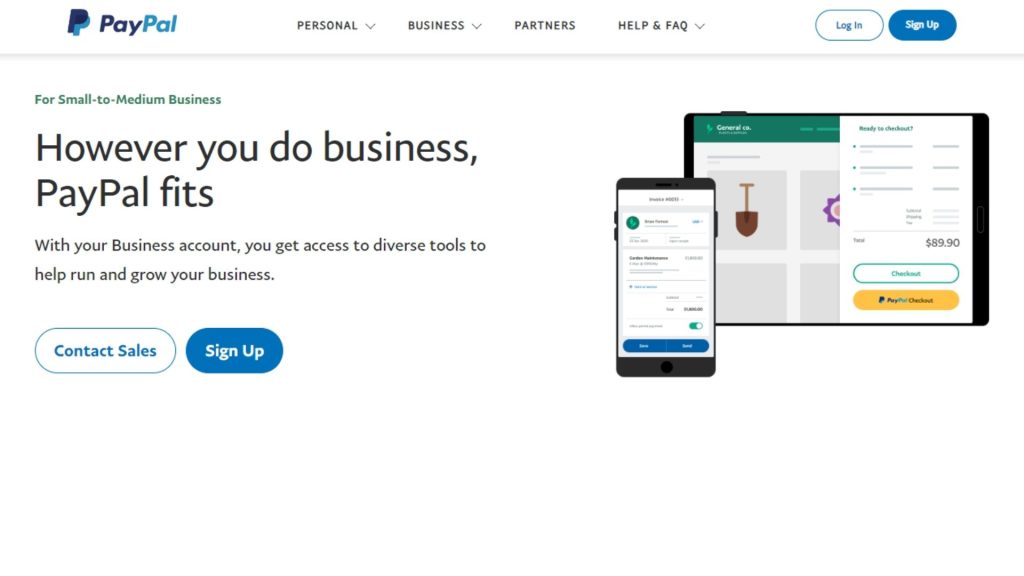
Everybody knows about PayPal when it comes to paying for things online. PayPal always is the first to come to mind when thinking about payment methods.
Established in 1998, PayPal is one of the most popular online payment systems known for its security and convenience.
Nowadays, PayPal works as a payment solution for online sellers, auction sites, any businesses, and, of course, for affiliate networks.
One key advantage is that it keeps the banking details of publishers in affiliate programs confidential, channeling commissions directly to their PayPal accounts. Users can easily transfer funds to their local bank accounts. PayPal is also favored by international customers.
Functioning as an e-wallet, PayPal facilitates swift money international transfers between individuals and businesses, enabling online transactions and cash withdrawals. It boasts features like PayPal.Me, a peer-to-peer payment request program, and PayPal Credit, an online credit service available in the U.S.
For affiliate payouts, PayPal is a dependable, quick, and secure option widely accepted by affiliate and ad networks globally.
Despite its popularity, it is important to note the relatively high fees—2.9% of the total amount plus a fixed $0.3 fee per transaction. For instance, sending $10 would result in the recipient receiving $9.41, with 5.90% of the total amount going towards fees.
Best for: all-sized businesses
| Pros | Cons |
| – Widely accepted globally
– Secure and trusted payment platform – Easy integration with various websites – Quick and convenient money transfers – FREE Peer-to-Peer transfer |
– Limited seller protection in certain cases
– Account freezes and holds can occur – Currency conversion fees for international transactions – PayPal MasterCard is only available to U.S. citizens |
Stripe

Stripe is a great choice for online businesses that want a good paying system. It works well for businesses that operate only on the internet, selling things like digital or physical products.
A great thing about Stripe is that you can use it for multiple businesses. They give you detailed information about each business, and you can keep track of your money using their mobile app.
Stripe has useful features like accepting payments globally, strong reports, ready-made connections with other services, a checkout that can be easily added to your website, and it works with over 135 different currencies.
It’s safe and has a feature for affiliate programs that are ready to use, making it a handy choice for various online businesses.
Best for: online-only businesses
| Pros | Cons |
| – Offer numerous integration options
– Simple to implement and set up – No PIC compliance requirements to worry about – Provide excellent reporting features |
– Lacks automatic tax support
– The user interface may experience glitches occasionally – Depositing into a bank takes some time |
Recharge
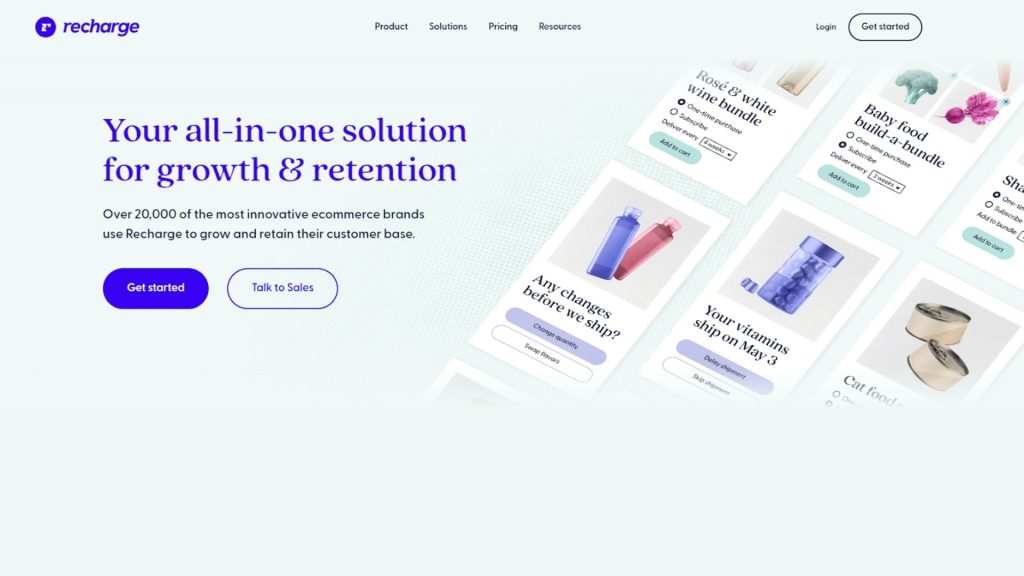
Recharge stands out from other payment processors as it caters to a specific niche. It provides ready-made solutions for recurring billing processing, focusing on niche brands in various industries.
With over 15,000 merchants worldwide relying on Recharge, it has become a go-to choice for streamlining repetitive transactions.
Recharge offers a comprehensive solution that eliminates the need for additional tools, making it a one-stop solution for merchants. It comes equipped with robust reporting and analytics features to help businesses track the performance of all their products.
Best for: subscriptions and recurring billing
| Pros | Cons |
| – Excellent for managing recurring and subscription payments
– Allow connection with multiple payment processors – Supports Multi-Period Recurring Billing – Features a Self-Service Portal for user convenience |
– Lack of 24/7 customer support.
– Absence of built-in features for seamless SKU changes |
Payza
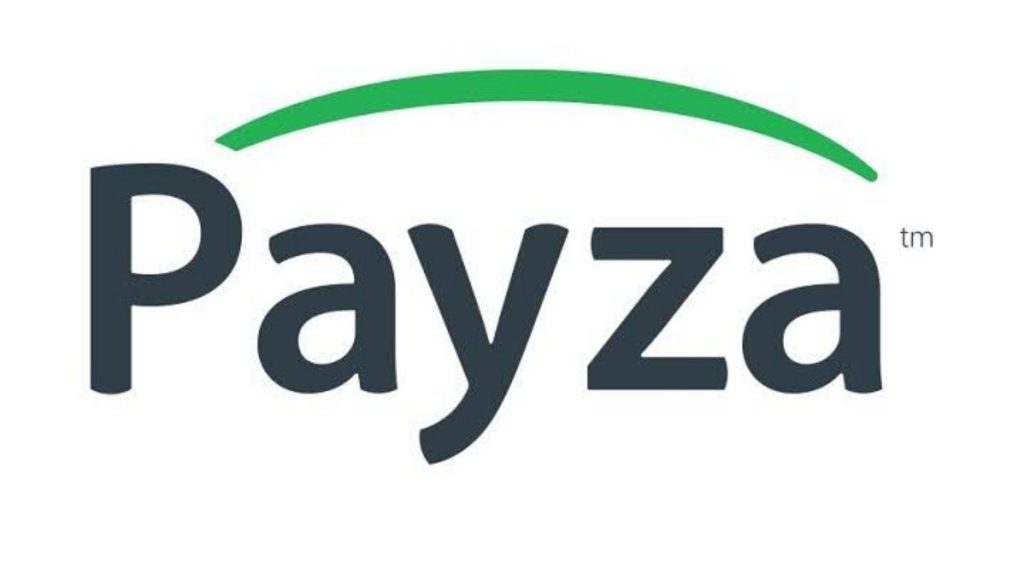
Payza started in 2008 and has 9 million users in 195 countries with 21 currencies. It’s like PayPal, but it’s in countries where PayPal isn’t. Payza is good for both businesses and people, offering a reliable gateway and affordable service.
Payza tries to keep fees low, especially for small businesses, so they can easily transfer money to a bank account without high costs.
A cool thing about Payza is it lets you use Bitcoin. Putting Bitcoin into Payza is free. If you want to change money from Payza to Bitcoin, there’s a 2% fee.
Payza is known for letting users deal with both Credit cards and Bitcoin, making it a popular choice.
Even though Payza has fewer merchants than PayPal or FirstChoice Pay, it’s focused on giving businesses a good deal. It helps them accept one-time or repeating payments on their websites.
Payza is getting more popular on different ad networks.
Best for: ad network, small and bitcoin businesses
| Pros | Cons |
| – Operates with 21 different currencies
– Low fee – Credit card and bitcoin support |
– Transaction fee for Payza to bitcoin
– Limited merchant focus |
Skrill
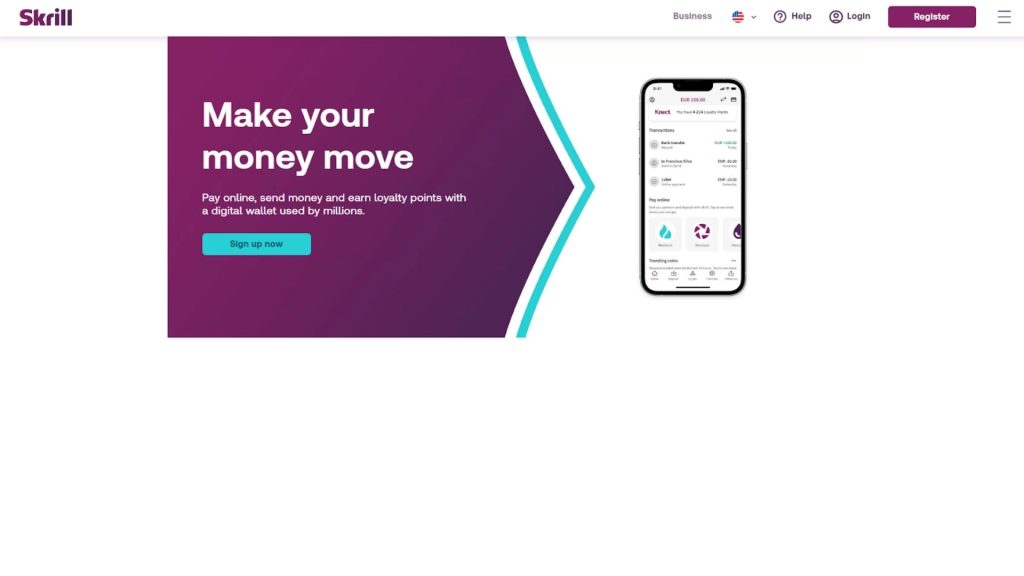
Skrill, formerly known as Moneybookers, is a global e-wallet system based in London with offices in Europe and the United States. It’s available in roughly 190 countries and supports 40 currencies, making it a go-to option when other e-wallets aren’t accepted.
Commonly used for online gaming, Skrill is well-recognized in affiliate networks and focuses on user satisfaction with its low fees. You can use your Skrill wallet for convenient online shopping, and receiving money into your account is free.
When sending money to a friend, there’s a fee of 1.9% of the transaction, capped at €20, with variations depending on the country/currency. Skrill charges a 3.99% fee for currency conversions.
Funding your account is free through bank transfer and Maestro card. However, for methods like Bitcoin or Neteller, Skrill applies a percentage-based transaction fee.
Skrill has a free signup and maintenance, provided you use it every 12 months. Otherwise, there’s a monthly fee of €2.
Best for: merchants need to offer multiple payment methods
| Pros | Cons |
| – Available in approximately 190 countries with 40 currencies
– Widely recognized in networks – Global availability of the Prepaid MasterCard – Free for receiving peer-to-peer transfers – No charges for withdrawing via bank transfer and Maestro card – PrePaid Card available in 4 currencies |
– Variable fees for sending money or using the PrePaid Card
– 1.9% fee for peer-to-peer transfers (capped at €20). – 3.99% currency conversion rate fee |
Venmo

Established in 2009, Venmo is a mobile payment service based in the United States. In 2012, it was acquired by PayPal.
The primary goal of this payment processor is to facilitate easy sales capture for small businesses, with a specific emphasis on accepting mobile payments.
While it’s convenient for charging affiliates through transfers, it has a limitation – all involved parties must be in the United States.
Best for: small businesses focused on mobile sales
| Pros | Cons |
| – Access to an engaged community of Venmo users
– Ultra-fast processing for transactions – Easy integration with various platforms |
– Transactions are visible to people, compromising privacy
– Some concerns about the lack of security measures |
Payoneer

Payoneer is a prepaid card for your publishers, allowing them to withdraw their earnings. The primary advantages include cost savings on wire transfers, with a modest 3% fee on credit card payments. This service facilitates cross-border payments to over 200 countries and territories.
With its straightforward and cost-effective approach, Payoneer simplifies the payment process for affiliate business owners dealing with publishers.
It particularly excels in facilitating international payments, as publishers can conveniently receive funds on their cards for immediate use.
Payoneer stands out as a practical solution for businesses looking for an efficient and economical way to manage payments to their publishers.
Best for: Small to medium enterprises (SMEs)
| Pros | Cons |
| – Global payment
– Multiple currency support – Flexible withdrawal options – Integration with major platforms |
– Limited merchant adoption
– Prepaid card limitations |
Wire Transfer
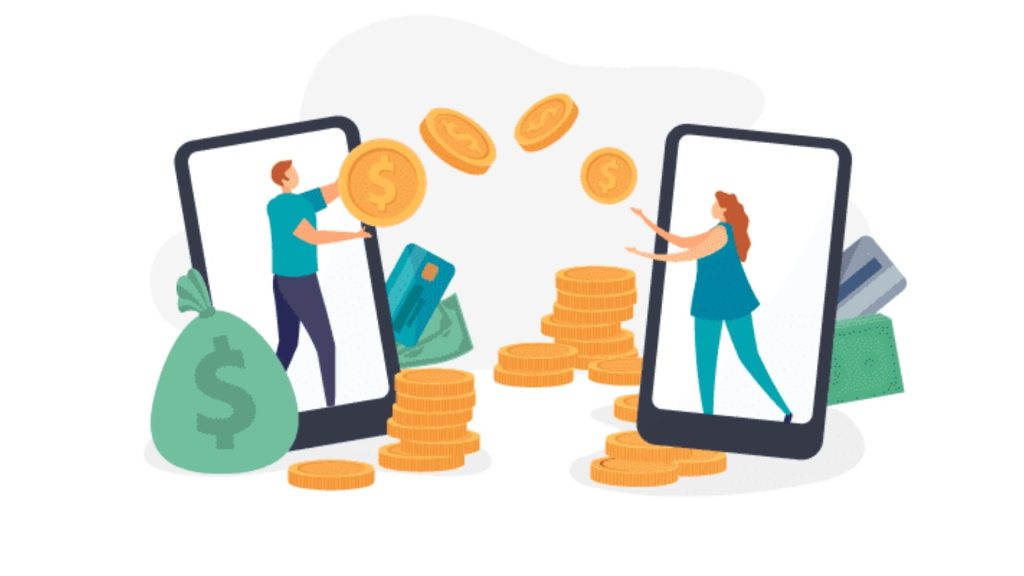
Wire transfers, also known as bank transfers, are widely used globally, especially by large affiliate networks and websites dealing with substantial affiliate commissions. This method is favored when the earnings are significant, and alternatives like PayPal may not be cost-effective.
However, there are downsides. Wire transfers are slower, especially for international transactions, and they come with higher fees than other payment methods. Withdrawals through wire transfers can cost around $100, making it one of the pricier options.
To illustrate, if a publisher withdraws $10,000 internationally using PayPal, they might incur a fee of 4.4% plus $0.3, totaling $440. In contrast, an international wire transfer might only have a $100 fee.
Banks have their own rules, and not all support foreign transactions, while some charge hefty currency conversion fees. It’s advisable to consider wire transfers if you are a sizable company or if you predominantly work with local publishers.
The cost-effectiveness depends on factors like transaction size, location, and the specific rules of the involved banks.
Best for: Large affiliate networks, sizeable affiliate companies
| Pros | Cons |
| – Universally accepted worldwide
– Popular among large affiliate networks with significant commissions – Ideal for scenarios where e-wallets like PayPal may not be cost-effective |
– Slower processing times compared to other payment methods
– Higher fees, with no universal commission structure – Intermediary banks have their own rules, impacting transaction processes |
TransferWise

Wise, a global payment method, is a convenient and secure choice for moving money worldwide. With its user-friendly mobile app, available on both Apple and Android devices, users can easily pay bills, transfer funds, and manage finances across borders.
The platform offers high-speed transfers with low fees, making it cost-effective for users. Wise provides a transparent fee breakdown, ensuring users know exactly what they’re paying. The ability to send money globally in over 40 currencies, often arriving in under 20 seconds, adds to the platform’s appeal.
One unique feature is the option to earn interest on USD balances, providing users with a financial boost. Security is a priority with HTTPS encryption and 2-step verification, ensuring the safety of every transaction.
Wise caters to businesses as well, offering international business accounts for seamless global transactions.
Best for: Startups and small enterprises
| Pros | Cons |
| – Low, transparent fees
– Real mid-market exchange rates – Fast transfers – Wide currency support – Multi digital currency accounts |
– No cash deposits
– Limited cash pickup locations – Initial verification process |
Authorize.net
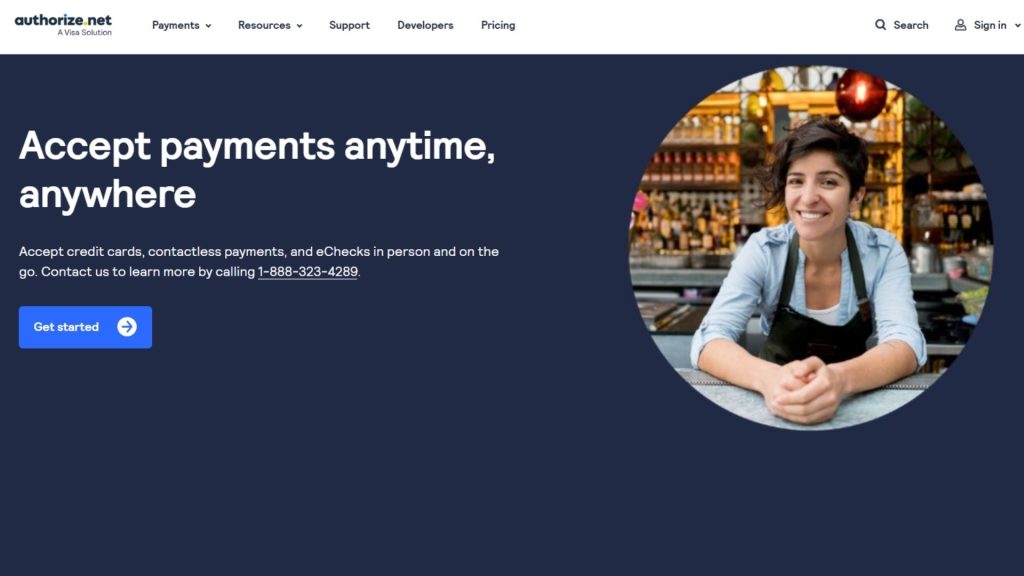
Authorize.net is a trusted payment processor affiliated with Visa and headquartered in the United States. This platform enables online payment processing, swiftly transferring funds to your merchant bank account.
Authorize.net supports transactions made with major credit and debit cards and is compatible with popular digital payment services like PayPal and Apple Pay. It is particularly suitable for businesses dealing with high-volume orders, thanks to its flat fee structure.
Best for: high-volume orders advertisers
| Pros | Cons |
| – Easy to set up and use
– Excellent customer online service and technical support – Include a host of standard features at no additional cost – Offer special discounts for businesses processing more than $500k per year. |
– High flat-rate may be too expensive for small businesses.
– Not everyone requires an all-in-one solution – Support only a limited number of currencies |
WebMoney

WebMoney stands out as a popular payment platform in Eastern Europe and former Soviet Union countries. It’s especially handy if you’re looking to buy things like traffic, web hosting, or a domain in that region.
Currently, it’s operational in 91 countries, using local currencies for national transactions (like WMZ, WMR, WME, WMU, WMB, WMG) and USD or EUR for global payments. Many affiliate partner networks pay in USD, so affiliates need to set up a WMZ account.
WebMoney Transfer offers various online financial services, P2P payment solutions, trading platforms, merchant services, and online billing systems.
One great thing about WebMoney is its low fees. For person-to-person transactions, the fee is 0.8% of the amount sent, up to a maximum of 50 EUR.
WebMoney provides several free services, including WebMoney Escrow (ensuring transaction security), Mass Payment Service, Debt Service, and a Fundraising Service via the WebMoney Funding platform.
Additionally, you can exchange funds on WebMoney for other electronic money types. It’s also possible to use exchange points as an instant money transfer method to a bank card and withdraw cash from an ATM.
Overall, WebMoney is a versatile and cost-effective choice for financial transactions in its supported regions.
Best for: Eastern Europe, forex and binary businesses,
| Pros | Cons |
| – Extensive services and merchant support in Eastern Europe and CIS countries.
– Low commissions for peer-to-peer transactions – Quick and easy registration and identification – Widely used in Forex and Binary Options |
– Global payments limited to USD or EUR.
– Commission fees for e-wallet transfers – Main focus on CIS countries (Russian speaking) – Need improvement to compete in the European market |
PaySimple

Founded in 2006, PaySimple was created with the singular objective of providing a comprehensive payment management services suite tailored for service-based businesses. Boasting over 17,000 satisfied clients and a platform that consistently evolves, PaySimple stands out as a viable solution for service-based businesses of any size.
PaySimple collaborates with major debit and credit card issuers and is equipped to handle mobile payments as well.
PaySimple offers a robust set of key features to help businesses manage payments easily. It lets you process ACH payments, debit and credit cards, and online payments. You can also check and analyze your transactions with its reporting tools.
Plus, it supports payments through mobile devices, making it convenient for both businesses and customers.
Best for: service-based businesses
| Pros | Cons |
| – Extensive services and merchant support in Eastern Europe and CIS countries.
– Low commissions for peer-to-peer transactions – Quick and easy registration and identification – Widely used in Forex and Binary Options |
– Global payments limited to USD or EUR.
– Commission fees for e-wallet transfers – Main focus on CIS countries (Russian speaking) – Need improvement to compete in the European market |
Payrex
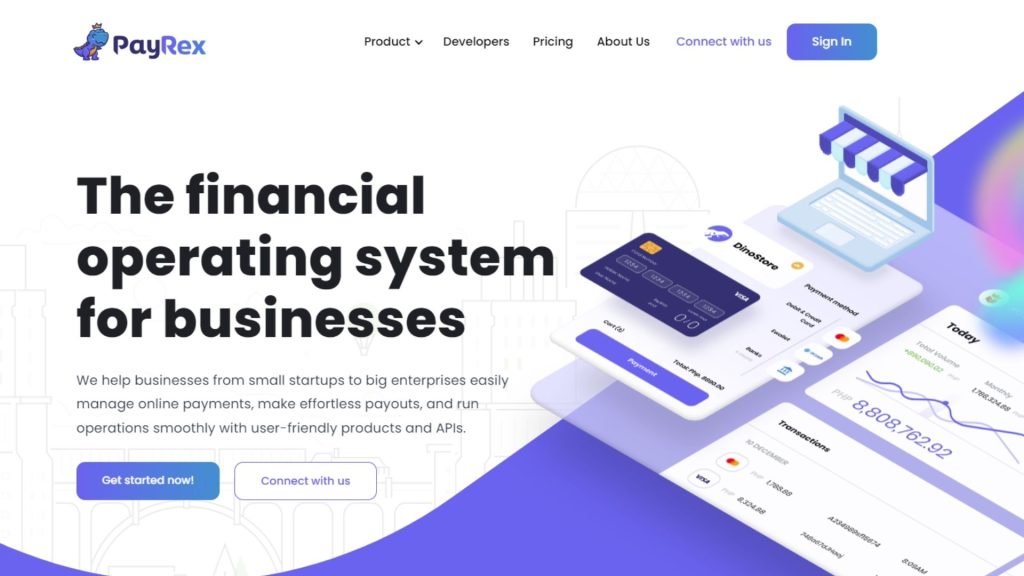
Payrexx is a good choice for advertisers because it lets you try it for free without any commitments.
It caters to businesses of all sizes, from small startups to large enterprises. The platform offers a range of solutions, including online payments, efficient payout processes, and a flexible integration system called PayRex Connect.
One notable feature is its emphasis on user-friendly experiences, ensuring secure and customizable payment options.
The platform also stands out with transparent pricing, free from hidden fees, and a commitment to supporting businesses’ growth.
PayRex focuses on innovation, simplicity, and reliability. It promises secure transactions, real-time reporting, and automation to streamline business operations.
The platform’s dedication to customer satisfaction is evident in its 24/7 support.
Best for: Advertisers of all sizes with flexibility, especially in Philippines
| Pros | Cons |
| – Intuitive platform for easy navigation
– Advanced security protocols ensure safe online payments – Evolve with businesses, offering adaptability and scalability |
– Focused on the Philippines market, limiting global appeal
– Frequent updates might require businesses to adapt to changes regularly |
PayPro
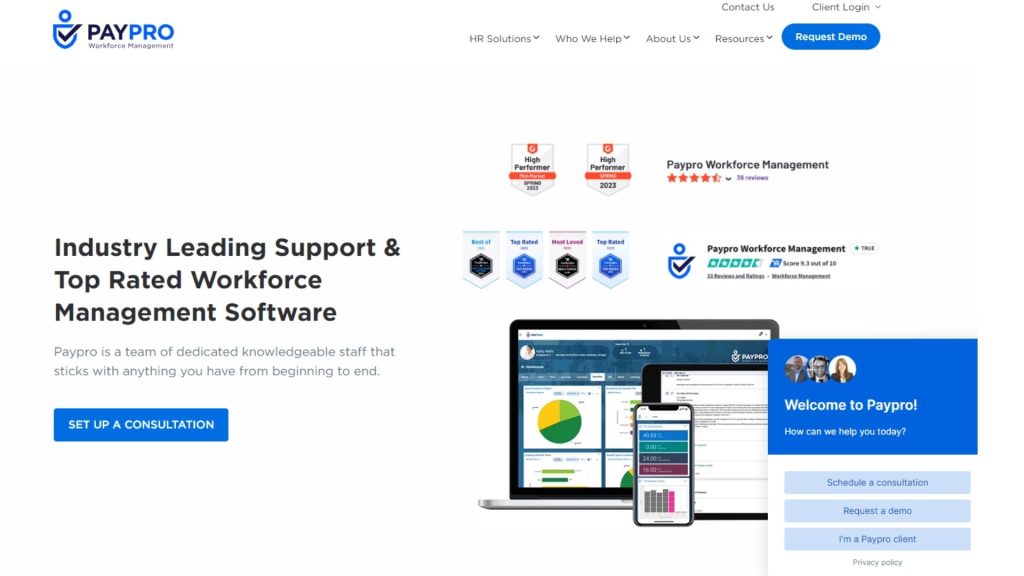
PayPro is primarily designed for SaaS (Software as a Service) and software companies, aiming to simplify payment processes. This processor is equipped to handle global payments and offers robust subscription management features.
With support for over 100 currencies and localization in more than 25 languages, PayPro provides extensive capabilities to enhance the subscription management experience for businesses.
PayPro comes with important features to help software companies. It tracks SaaS metrics, which are measures of how well the software is doing. It can be easily connected with other software through API integration.
This payment method also takes steps to protect against fraud and chargebacks, ensuring secure transactions. It helps businesses stay compliant with tax regulations and provides support for billing processes.
These features make PayPro a useful tool for software companies to manage their payments efficiently.
Best for: SaaS and software companies
| Pros | Cons |
| – Help recover revenue with extra features
– Accept many payment methods – Simple to scale operations |
– Lack of detailed pricing information
– Website can be clunky occasionally |
Worldpay
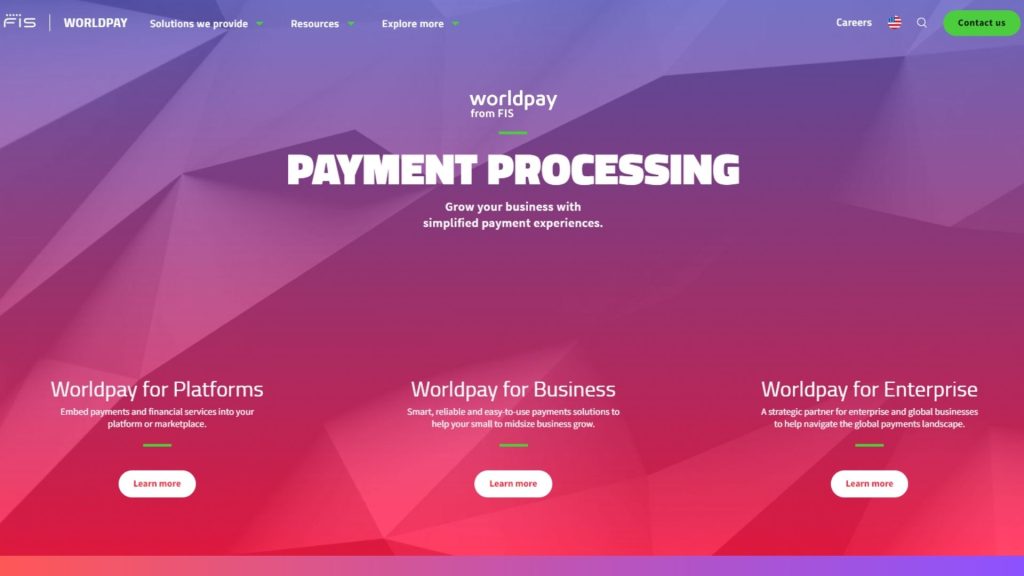
Worldpay is a fantastic payment method that helps businesses grow smoothly. It’s super versatile, supporting over 300 payment methods, making it easy for businesses to accept payments in different ways.
Whether you’re a small local shop or a big global company, Worldpay has got you covered in 126 currencies worldwide. The best part is, they make payments simple, working on any channel – online, in-store, or wherever you need it.
What’s cool is that Worldpay isn’t just one-size-fits-all. They have special solutions like Worldpay for Platforms, Worldpay for Business, and Worldpay for Enterprise, catering to different business needs. They’re all about innovation, partnering with companies like Crypto.com and SumUp to bring fresh ideas to the table.
For affiliates, Worldpay is a reliable partner offering a full range of payment solutions, making it easy for businesses to grow smoothly while giving customers a hassle-free and secure payment experience.
Best for: businesses of all sizes
| Pros | Cons |
| – Operate in 126 currencies globally
– Support over 300 payment methods – Seamless payments online, in-store, and across channels – Specialized offerings for different business needs |
– May not be universally accessible, varying by region
– The platform primarily operates online, limiting cash transactions |
What are Affiliate Payment Methods?
Affiliate payment methods are how affiliate marketers get paid for promoting products or services. When businesses use affiliates to advertise, payment processors help manage the payment process. Affiliates, who connect with their audience, leave their card details, and payment processors ensure they receive their earnings.
Affiliate marketers often use social media to reach customers. Payment processors work all the time, accepting various card brands, providing security layers, and preventing issues like chargebacks and fraud. They make sure affiliates get paid on time.
Payment processors work all the time, accepting various card brands, providing security layers, and preventing issues like chargebacks and fraud. They make sure affiliates get paid on time.
In simple terms, affiliate payment methods are the safe and reliable ways affiliates get their money for promoting products or services. Payment processors play a big role in making sure everything happens smoothly.
How To Choose The Appropriate Affiliate Payment Method?
Picking the right payment processor for affiliate marketing doesn’t need to be hard. With many features to consider, it can get confusing. That’s why we made a list of the important things to look for when choosing an affiliate payment for your affiliate programs.
You can trust these features to help you find the one that fits all your business needs and goals.
Cost
Using a payment processor has its expenses. The cost of working with a payment processor is a crucial factor to think about.
As your business grows, the transaction fees and other expenses can accumulate, reducing your overall profit. The main aim is to lower the operational costs while still providing a good buying experience for your customers.
Speed
When it comes to paying your affiliates, speed matters. Quick payments keep your affiliates happy and motivated.
You need to look for payment methods that offer swift transaction processing, ensuring your affiliates receive their earnings promptly.
Options like direct bank transfers or digital wallets often provide faster payment processing, enhancing the overall efficiency of your affiliate program.
Security
Affiliate identity verification is crucial to prevent fraudulent activities by certain publishers and affiliates who may attempt to manipulate the system for unearned compensation. They might use multiple emails and identities, along with bots and click farms, to inflate impressions and click rates.
That’s why advertisers need to select a payment method that can ensure authentication and legitimacy for their affiliate program.
Convenience
Making affiliate payments easy is a big deal.
That’s why you should pick ways that make paying and getting paid super easy for both you and your affiliates.
Use automated payment systems that work with affiliate management platforms. These systems make the whole payment thing smooth and simple. They cut down on the need to do things by hand, which means fewer mistakes and less hassle for everyone. Keep it easy and stress-free!
International Compatibility
If your affiliates span across the globe, international compatibility becomes crucial. Opt for payment methods that transcend geographical boundaries.
Digital payment platforms with a global reach or those supporting multiple currencies provide the flexibility needed for international transactions. This ensures that your affiliates, regardless of their location, can receive payments without complications.
Affiliate Preferences
Understanding and aligning with your affiliates’ preferences is key. Some affiliates may have specific payment methods they prefer or are more accustomed to using. It’s essential to offer a variety of payment options to cater to diverse preferences.
Whether it’s bank transfers, PayPal, or other digital payment methods, providing choices ensures your affiliates can select the option that suits them best.
Conclusion
To create, launch, and grow your affiliate marketing program, you need a payment processor. But, not all payment processors are alike. Figuring out which ones are the best can save you time during your search.
Since every business is different, we won’t tell you exactly which payment processor to choose. Instead, consider your business model, the affiliate marketing platform you use, the potential affiliates you want to attract, and the customers you’re targeting through them.
With all this in mind, you can select a payment processor that fits well with your business plan and goals.
Discover more from reviewer4you.com
Subscribe to get the latest posts to your email.





